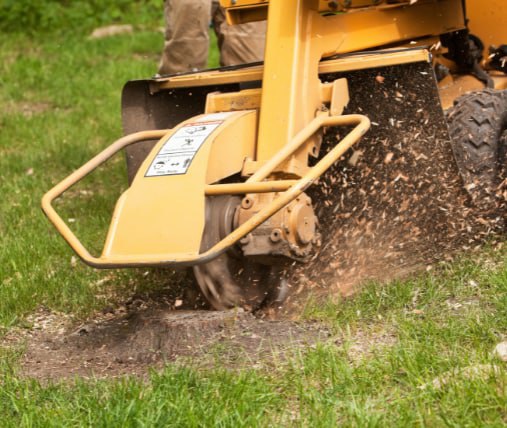Crown reduction is one of the most effective techniques in modern tree surgery for managing the health, safety and appearance of mature trees. While many associate crown reduction with simply trimming a tree back, its benefits go much deeper — particularly when it comes to tree stability.
At Rye Tree Surgeons, we carry out professional crown reduction services across Rye, East Sussex, helping homeowners and landowners protect their trees and their properties from unnecessary risk. If you’re wondering whether your trees could benefit from crown reduction, here are seven reasons this method significantly improves stability.
1. Reduces Wind Resistance
One of the main reasons large trees fall or lose limbs during storms is due to excessive wind resistance. A dense, overgrown crown acts like a sail, catching the wind and increasing the risk of structural failure. Reducing the crown thins out the canopy, allowing wind to pass through more easily.
2. Lightens the Load on Limbs and Trunk
When a tree’s crown becomes too large, its limbs carry more weight than they’re designed for. This can lead to limb failure or even cracking at the trunk. Crown reduction removes some of this mass, making it easier for the tree to support itself, especially during wet or snowy conditions.
3. Encourages Better Growth Patterns
Unchecked growth often leads to awkward, unbalanced branch development. By carefully reducing the crown, you guide the tree’s structure back into a more stable, symmetrical form — promoting long-term health and resilience.
4. Prevents Overextension of Branches
Overextended limbs are more likely to snap under pressure. They can also grow into risky positions, such as over rooftops or near power lines. Crown reduction shortens these extended branches, reducing leverage and the chance of damage during storms.
5. Helps Trees Cope with Disease or Decay
If a tree is weakened by disease or internal rot, reducing the crown can give it a better chance of survival. With less foliage and branch mass to sustain, the tree can redirect its energy into healing and reinforcing its structure.
6. Balances Trees on Sloped or Uneven Ground
Trees growing on inclines or with exposed root systems are more prone to instability. A full, heavy crown may tip the balance further. A well-executed crown reduction lightens the top and can restore the tree’s centre of gravity, making it more stable.
7. Improves Visibility of Structural Issues
An overgrown crown can hide cracks, cavities, or early signs of disease. Reducing it not only improves airflow and light penetration but also allows arborists to assess the tree’s condition more thoroughly, addressing minor issues before they escalate.
Quick Benefits at a Glance
- Minimises storm damage risk
- Lightens strain on limbs and trunk
- Promotes healthier, stronger growth
- Enhances tree balance and form
- Prevents dangerous overreach
- Aids recovery from disease or decay
- Allows early detection of hidden defects
Conclusion
Crown reduction is more than just a cosmetic trim — it’s a vital part of maintaining the stability, health, and safety of your trees. Especially in areas like Rye, where seasonal storms and wind exposure are common, proactive tree management can save homeowners from costly damage and dangerous outcomes.
At Rye Tree Surgeons, our team uses expert techniques to assess and reduce tree crowns safely and responsibly. If you’ve noticed heavy, overgrown trees on your property or simply want peace of mind before the next storm season, contact us today. We’ll help your trees stay strong, stable, and standing tall.
Call us on: 01797 334499
Click here to find out more about Rye Tree Surgeons
Click here to complete our contact form and see how we can help with your trees needs.
